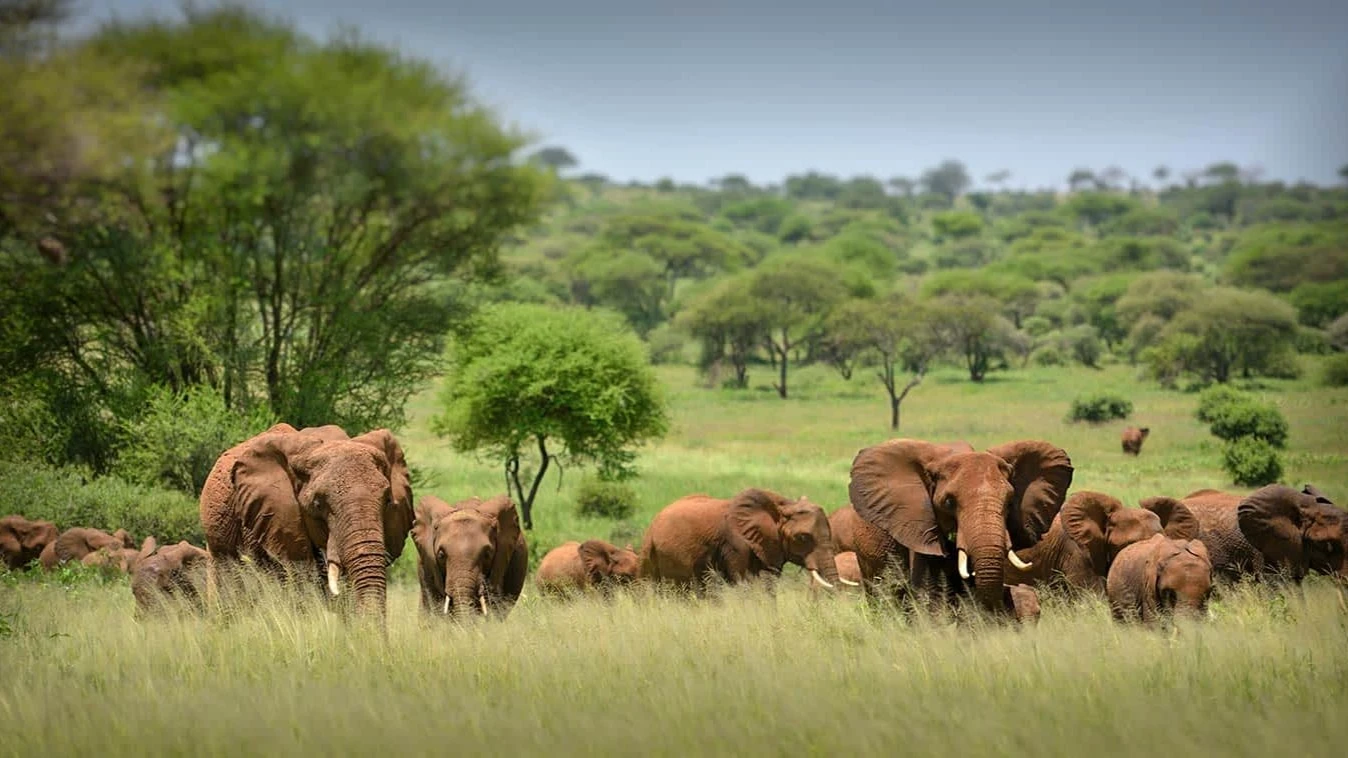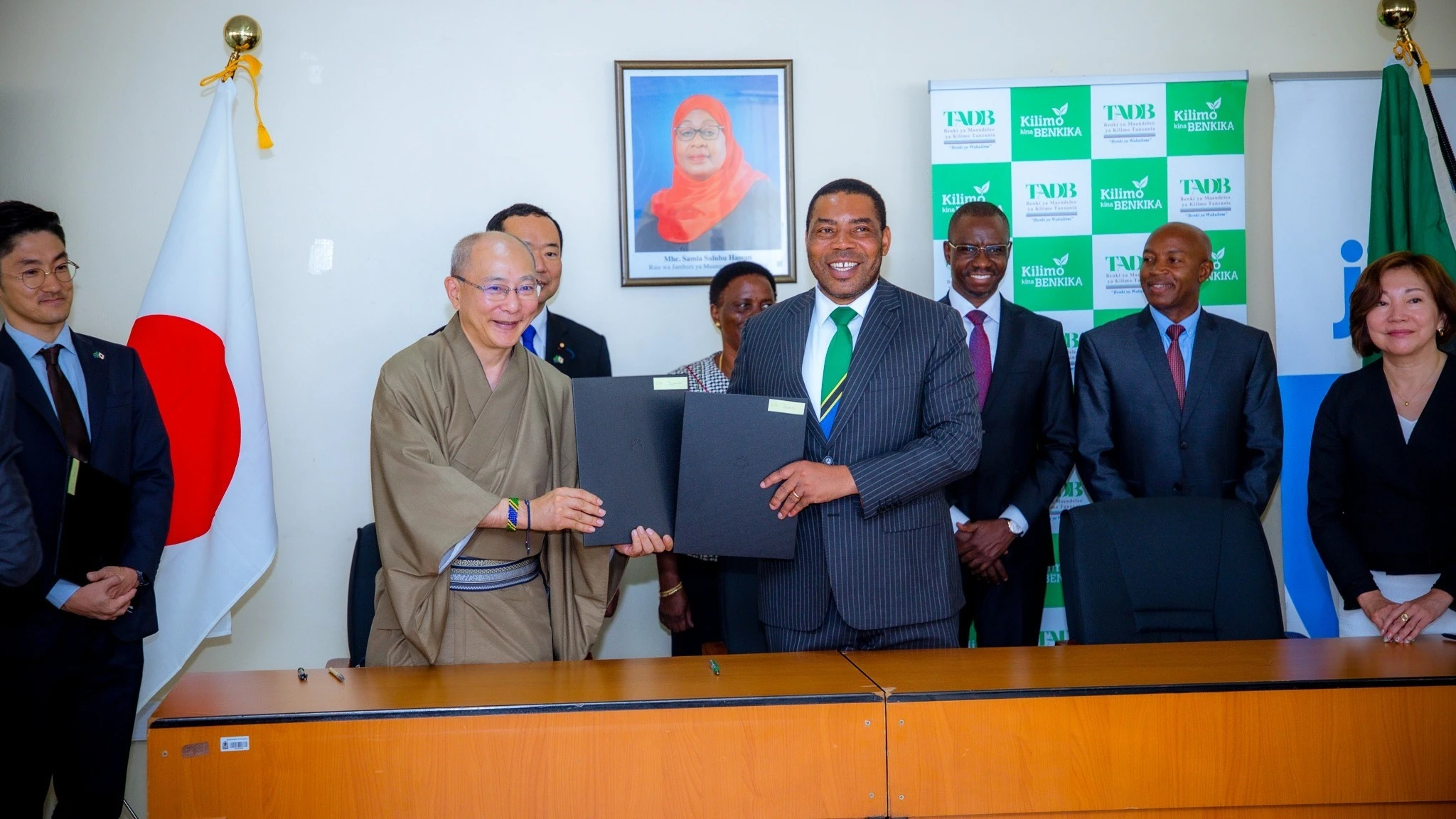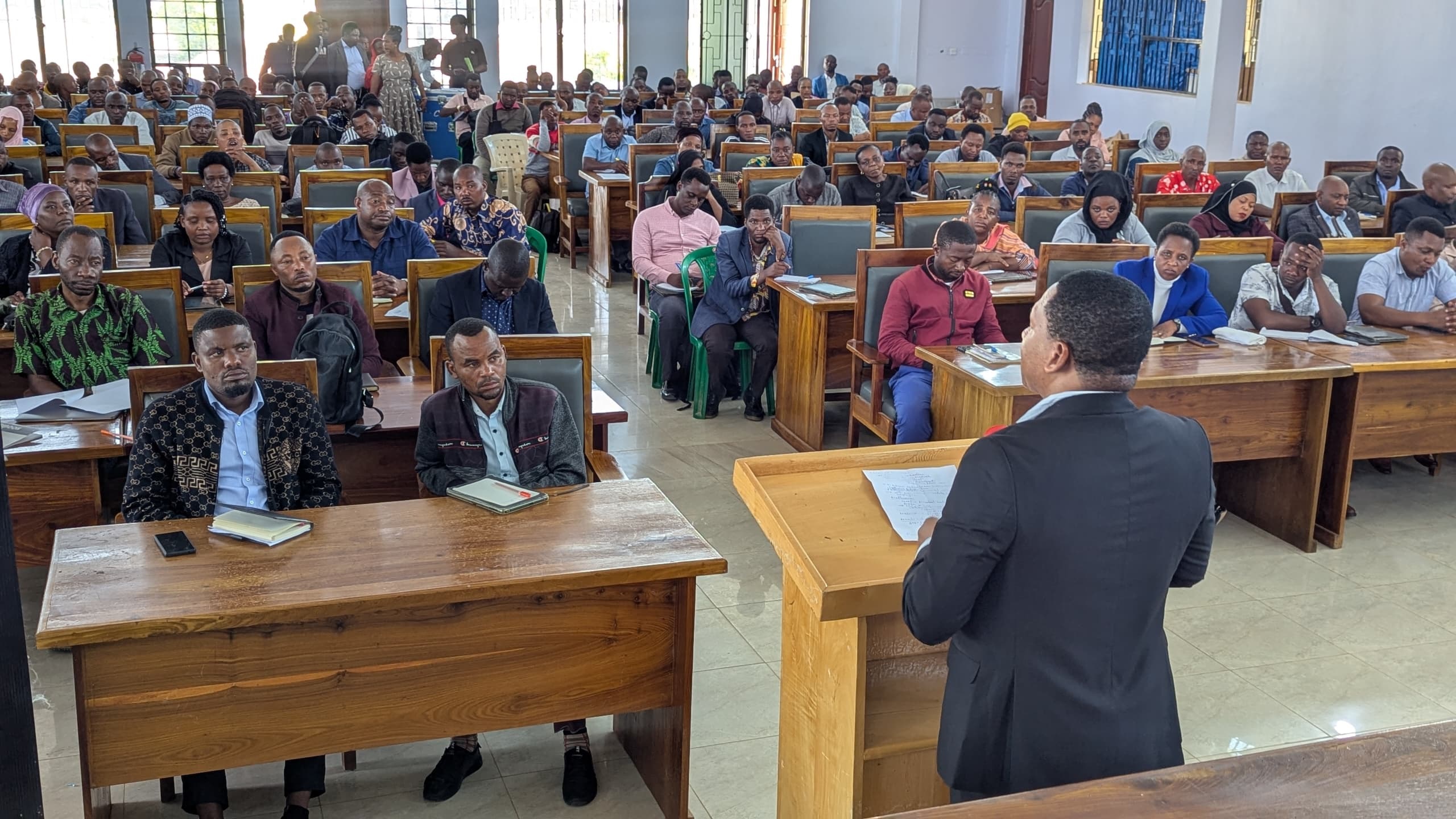USAID, key wildlife agencies readying for Elephant Day

OVER $50m has been used by the United States Agency for International Development (USAID) to combat wildlife trafficking and support improved management of Tanzania's natural resources.
This affirmation was being cited by natural resources officials ahead of the World Elephant Day 2024 themed 'personifying prehistoric beauty, teleological relevance and environmental importance,' focused on preserving natural habitats to ensure the survival of the jumbo species.
Allen Mgaza, the USAID natural resources management policy project consultant at USAID who oversees its preserve natural resources project, says there is more to elephant conservation than the species’ importance to the tourism industry.
Jumbos are a keystone species, as other animals depend on them for survival as jumbos help to forge pathways for other animals in thick shrubs therefore creating passage routes to greener pastures or water sources.
They also help to dig or scoop water that is used by other species as well, shaking trees and in so doing easing the way for other species that can eat fruits but scarcely scale up trees or bushes.
As experts across the globe mark World Elephant Day today, Tanzania is home to over 60,000 jumbos and is stepping up efforts to protect this exceptional wildlife species.
Elephant numbers in the country have been growing since stern law enforcement took the saddle mid-last decade, paired with efforts by USAID) working with tourism industry stakeholders, other partners and local communities.
These initiatives include ongoing efforts to restore habitats and secure wildlife corridors, while a series of training sessions for members of the judiciary and law enforcers regarding the handling of community wildlife conservation cases.
Illegal trade in ivory has elicited awareness training sessions for private sector entities on identifying and reporting illegal wildlife products, with the training extended to financial institutions, logistics firms, aviation plus telecommunication companies.
Conservation awareness programmes for conservation zone communities on how to live in harmony with elephants in the Kilombero Ruaha-Rungwa and Inyonga-Katavi ecosystems were conducted, tied with elephant collaring to monitor their movements.
”This work is an example of how USAID is working with various groups to plan land use, protect important wildlife areas and reduce conflicts between humans and animals,” the official said, pointing at live beehive fencing as an illustration.
Other measures include the training of village game scouts and interagency patrolling that have helped mitigate cases of human-elephant conflicts, and as a result the jumbo population is on the rebound.
Dr Eblate Mjingo, the Tanzania Wildlife Research Institute (TAWIRI) director general, recently tabled the country’s latest wildlife census findings, asserting that 60,000 jumbos live within our borders.
The ‘World Population Review’ and ‘Our World Data,’ indicate that are likely to be 450,000 elephants worldwide at present, mostly in Africa, while the World Wildlife Fund (WWF) documents 415,000 elephants roaming the globe, with Asia harbouring 50,000 jumbos of a smaller variety.
Ivory trade, habitat loss and human-wildlife conflicts have been taking a toll on the big land mammals, while the African Wildlife Foundation (AWF) ran an online poll to find out which type of animal species that tourists prefer to see during their game drives in the park, mostly citing the elephant.
Top Headlines
© 2025 IPPMEDIA.COM. ALL RIGHTS RESERVED






















